Samsung Galaxy S23 Ultra — here's where the cameras beat the iPhone
You have a lot of freedom with 200 megapixels and a powerful Space zoom
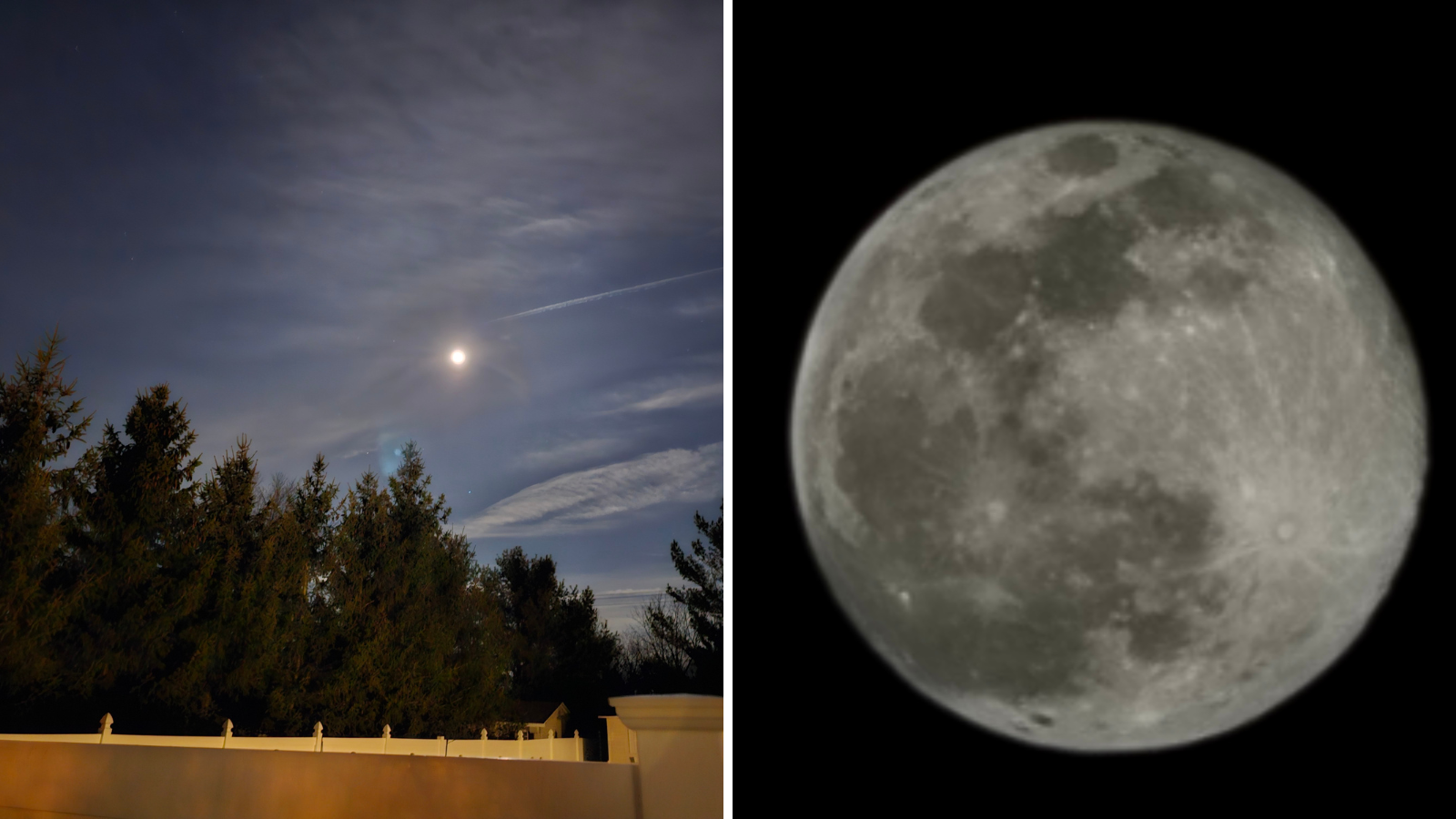
Lots of people rolled their eyes when they heard that the Samsung Galaxy S23 Ultra packed a new 200-megapixel main wide camera. And understandably so. Samsung already had one of the largest cameras around with the Galaxy S22 Ultra at 108MP. So what's the need to make another jump? And aren't all those megapixels just overkill?
Based on my testing for our Galaxy S23 Ultra review, I would say the 200MP camera is, in fact, very impressive, giving you a lot of options in terms of how you might want to crop and reframe your photos after they're taken. Check out the versatility this main sensor brings in this photo, and you'll start to see why Samsung won our Galaxy S23 Ultra vs iPhone 14 Pro Max face-off.
200-megapixel magic


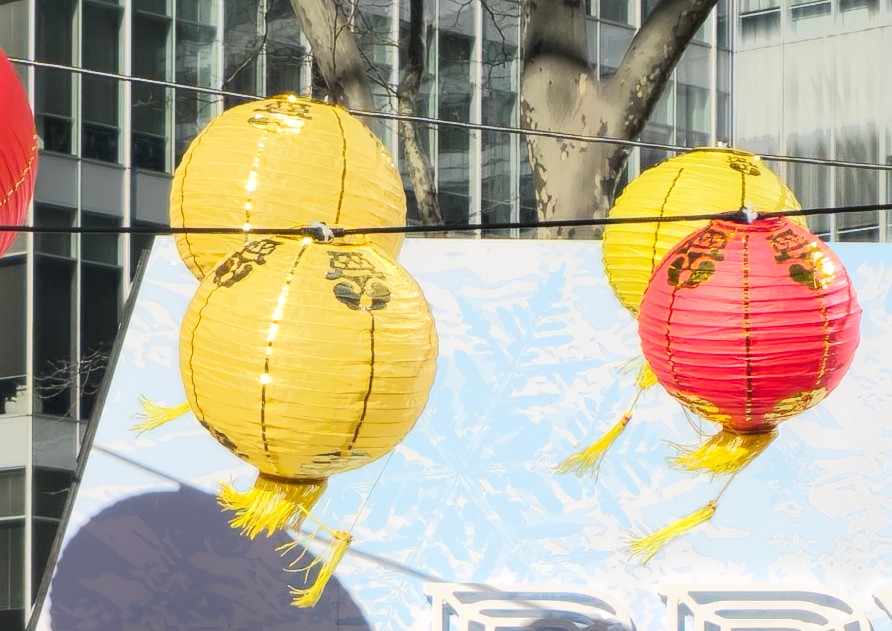
The first photo shown here is in 12MP mode but I took the same shot at 200MP. So this should give you an idea of the establishing shot. As you can see, the Galaxy S23 Ultra does a fine job capturing the Bryant Park sign, the yellow and red paper lanterns and the trees and buildings in the background.
But in the above gallery, things get really interesting when I cropped in on the Bryan Park sign itself. You can make out the letters very clearly, as well as the lanterns above. And even as I crop in more on the lanterns the ones in the foreground remain quite sharp. There's just a bit of noise in the foreground.
The iPhone's 48MP camera is capable of delivering lots of detail for reframing shots — and it also wowed me in my iPhone 14 Pro Max ProRAW testing. But you have to shoot in ProRAW mode, and you don't get nearly as many pixels to play with.
Shooting the moon (no tripod required)
I've been using the iPhone Pro series for years and I've never been able to get a photo of the moon like what I captured with the new Samsung phone. And that's because the Galaxy S23 Ultra has a 30x digital zoom, compared to just 15x on the iPhone 14 Pro Max. I got an even closer shot of the moon that wowed friends and family using the 100x Space Zoom setting.
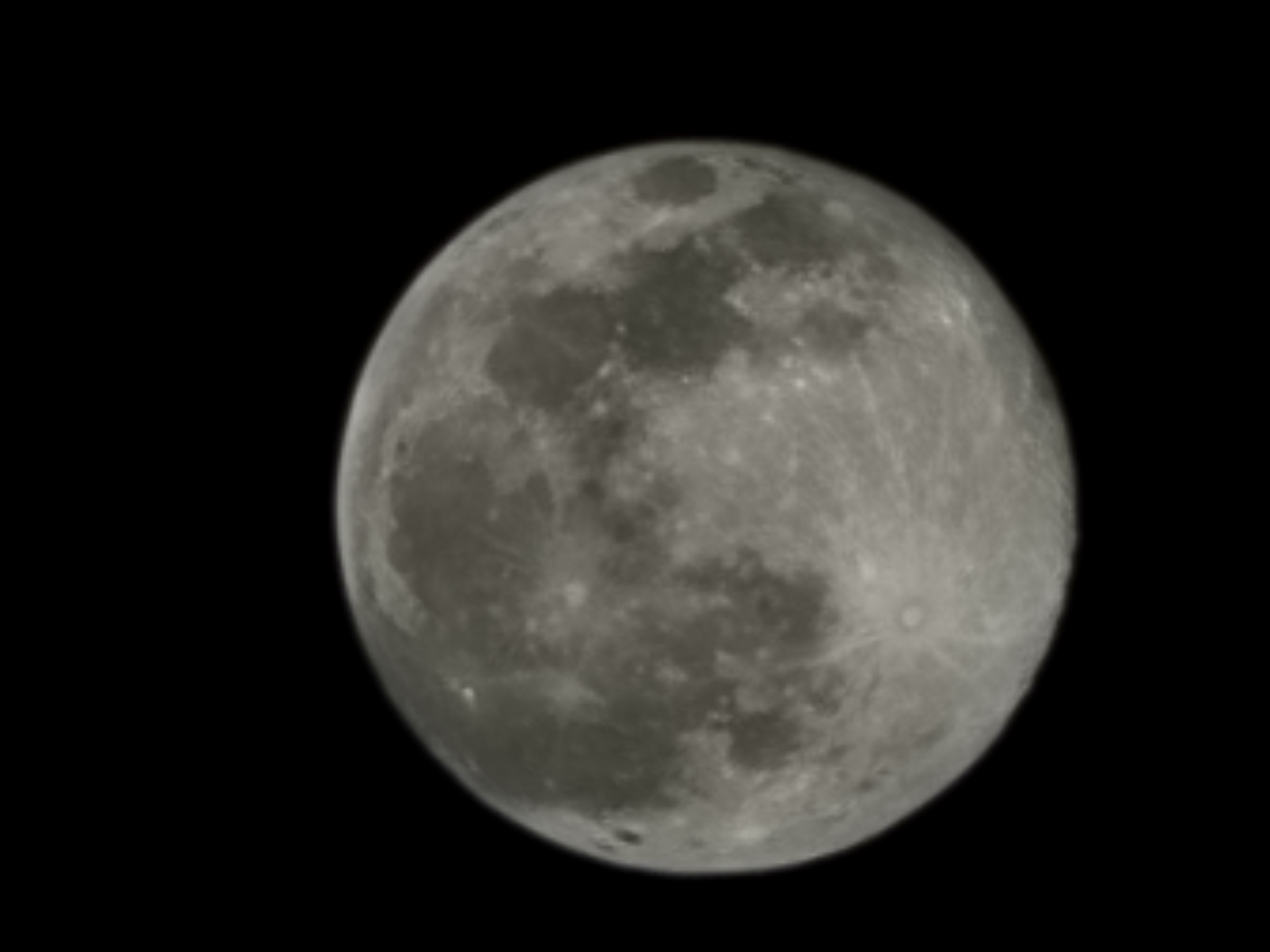
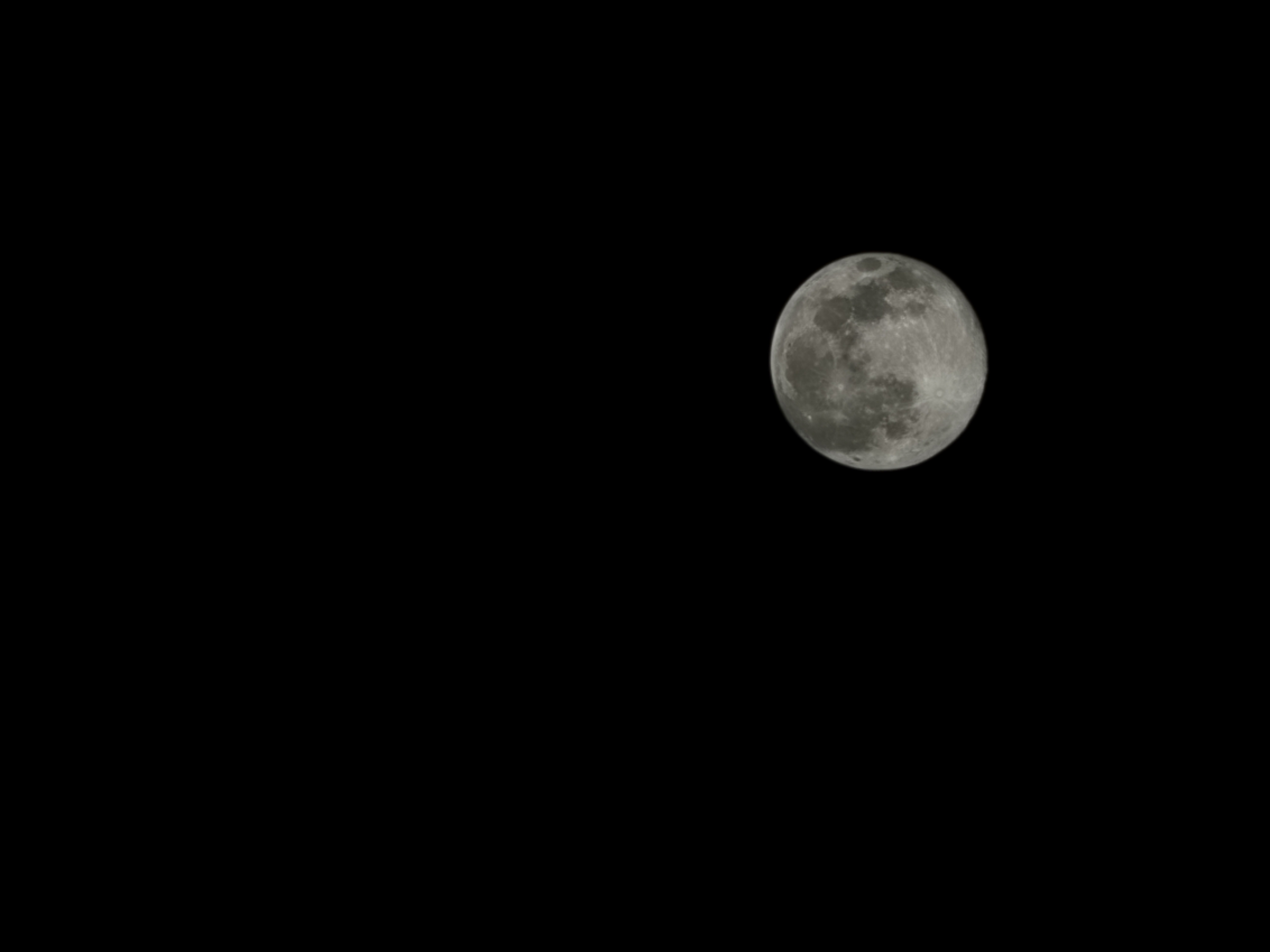

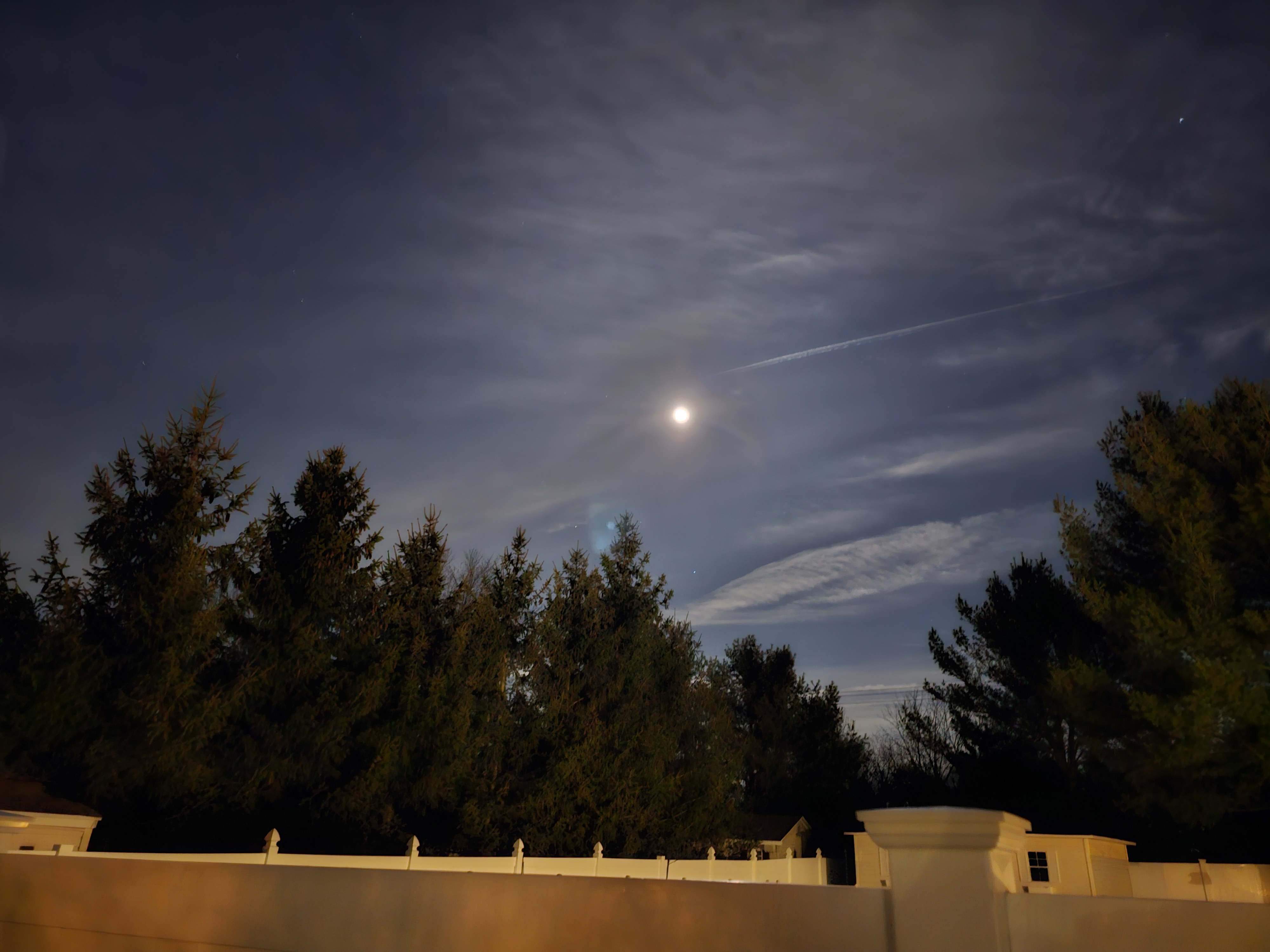
At 30x zoom, there's a good amount of detail in the moon shot from the S23 Ultra. (It kind of reminds me of the Death Star but I digress.) And even at 100x zoom on the first frame in the above gallery, you can make out the darker areas and craters.
I tried this on the iPhone 14 Pro Max and all I got was a white blob at 15x zoom. Maybe the iPhone 15 Pro Max, which is rumored to get a periscope zoom, will be able to meet or beat the S23 Ultra.
Bottom line
The Galaxy S23 Ultra is a pricey phone at $1,199 / £1,249 / AU$1,949, but there's a reason why it just earned the top spot in our best camera phone list. You can simply do more with this phone than the iPhone 14 Pro Max, and in shot after shot, the image quality was as good or better than the iPhone. Samsung has especially come a long way with better portraits.
There were some cases in our photo testing where Apple was better. I found that the iPhone 14 Pro Max offered better detail in Night mode, and that it provided more realistic colors in certain scenarios, such as when shooting fruit, flowers and food. But you can get more true-to-life hues from the S23 Ultra as I learned by turning off the Image Enhancer setting, which makes colors too saturated at times.
Overall, I really like what Samsung has done here, and we'll be doing more testing to help you get the most of these cameras and to see how it stacks up to other handsets like the Google Pixel 7 Pro. Let me know what you'd like to see from us in the comments.
Want to save some money on the S23 Ultra? Be sure to keep an eye on our Samsung coupon codes for the latest deals.
Sign up to get the BEST of Tom's Guide direct to your inbox.
Get instant access to breaking news, the hottest reviews, great deals and helpful tips.
Mark Spoonauer is the global editor in chief of Tom's Guide and has covered technology for over 20 years. In addition to overseeing the direction of Tom's Guide, Mark specializes in covering all things mobile, having reviewed dozens of smartphones and other gadgets. He has spoken at key industry events and appears regularly on TV to discuss the latest trends, including Cheddar, Fox Business and other outlets. Mark was previously editor in chief of Laptop Mag, and his work has appeared in Wired, Popular Science and Inc. Follow him on Twitter at @mspoonauer.

